
We use cookies to help you navigate efficiently and perform certain functions. You will find detailed information about all cookies under each consent category below.
The cookies that are categorized as "Necessary" are stored on your browser as they are essential for enabling the basic functionalities of the site. ...
Necessary cookies are required to enable the basic features of this site, such as providing secure log-in or adjusting your consent preferences. These cookies do not store any personally identifiable data.
Functional cookies help perform certain functionalities like sharing the content of the website on social media platforms, collecting feedback, and other third-party features.
Analytical cookies are used to understand how visitors interact with the website. These cookies help provide information on metrics such as the number of visitors, bounce rate, traffic source, etc.
Performance cookies are used to understand and analyze the key performance indexes of the website which helps in delivering a better user experience for the visitors.
Advertisement cookies are used to provide visitors with customized advertisements based on the pages you visited previously and to analyze the effectiveness of the ad campaigns.

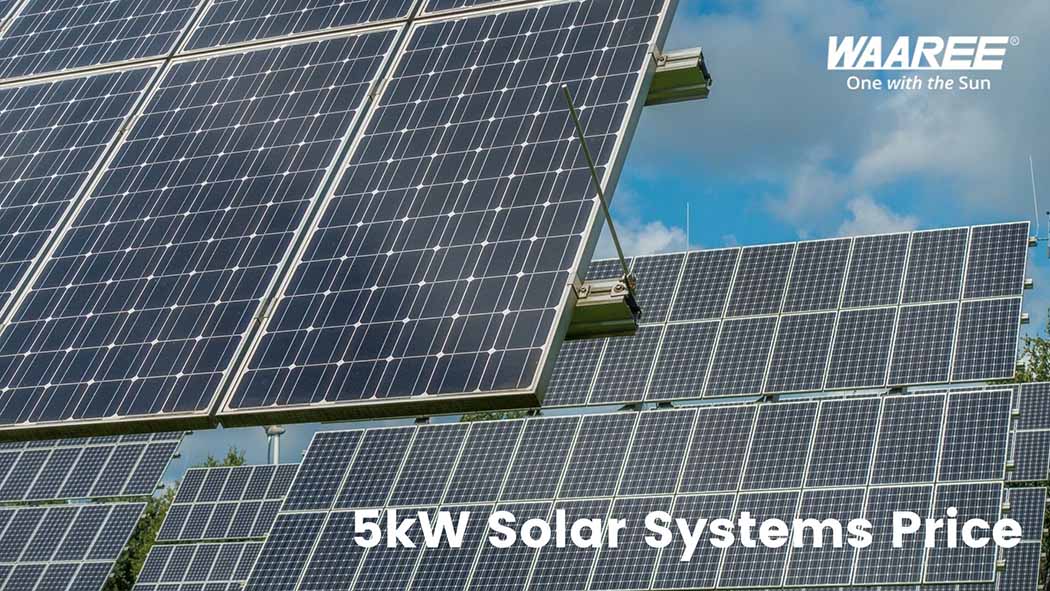

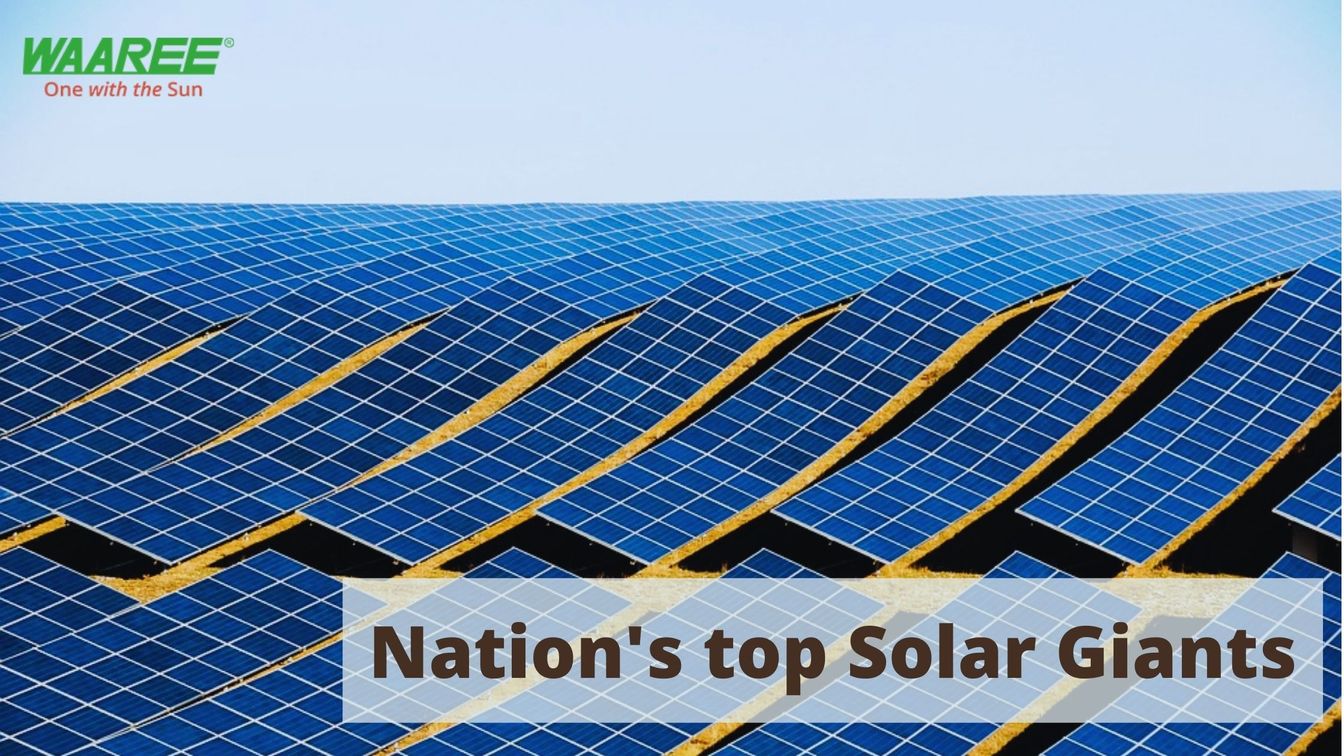

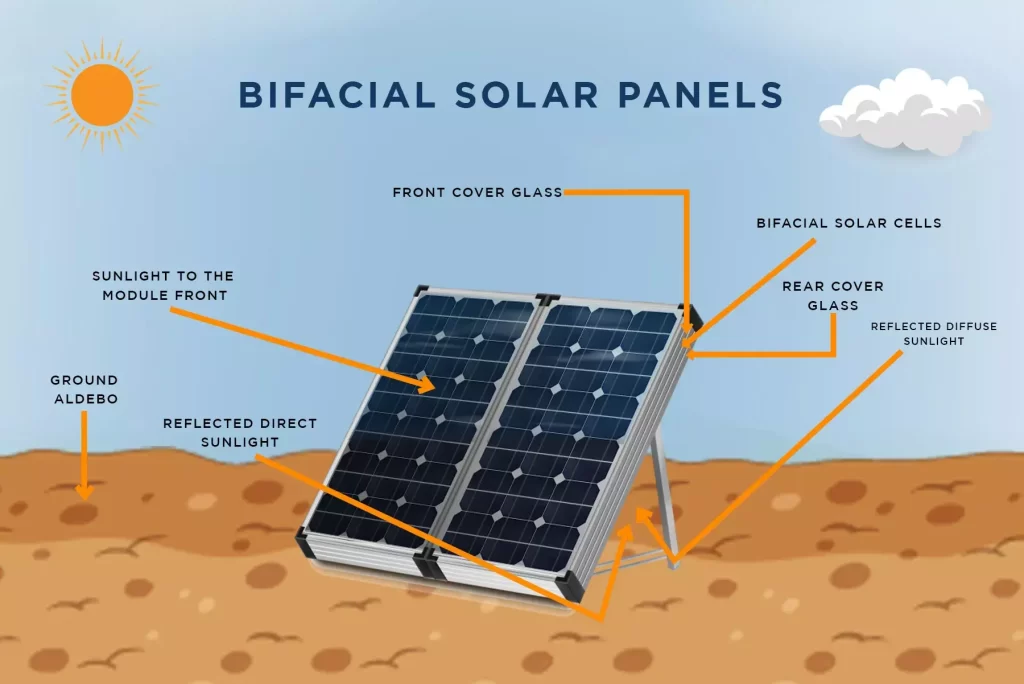
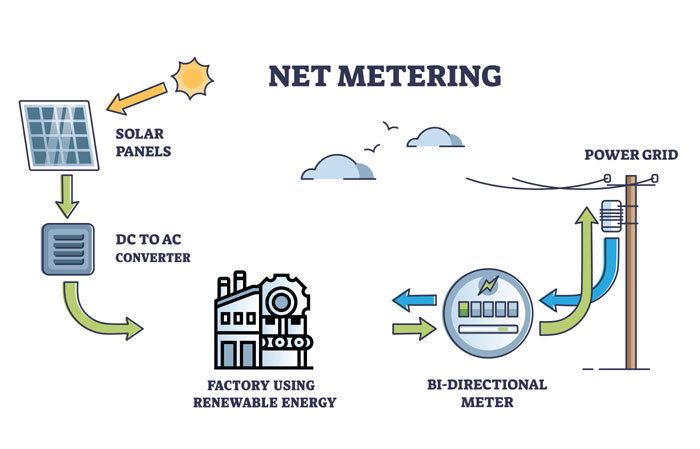

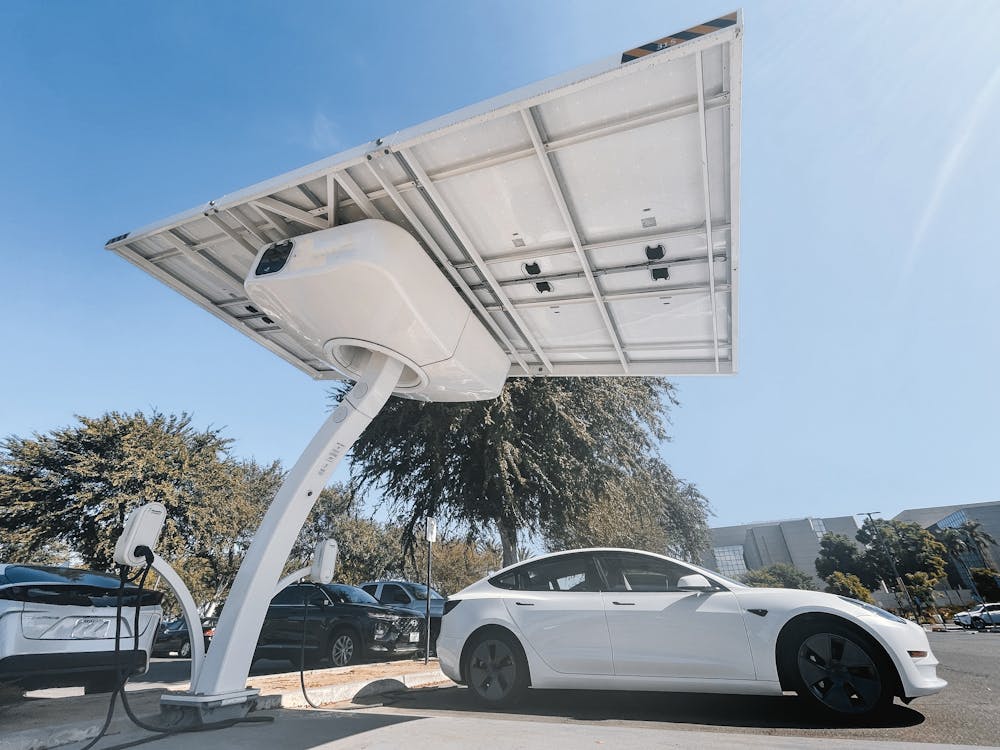
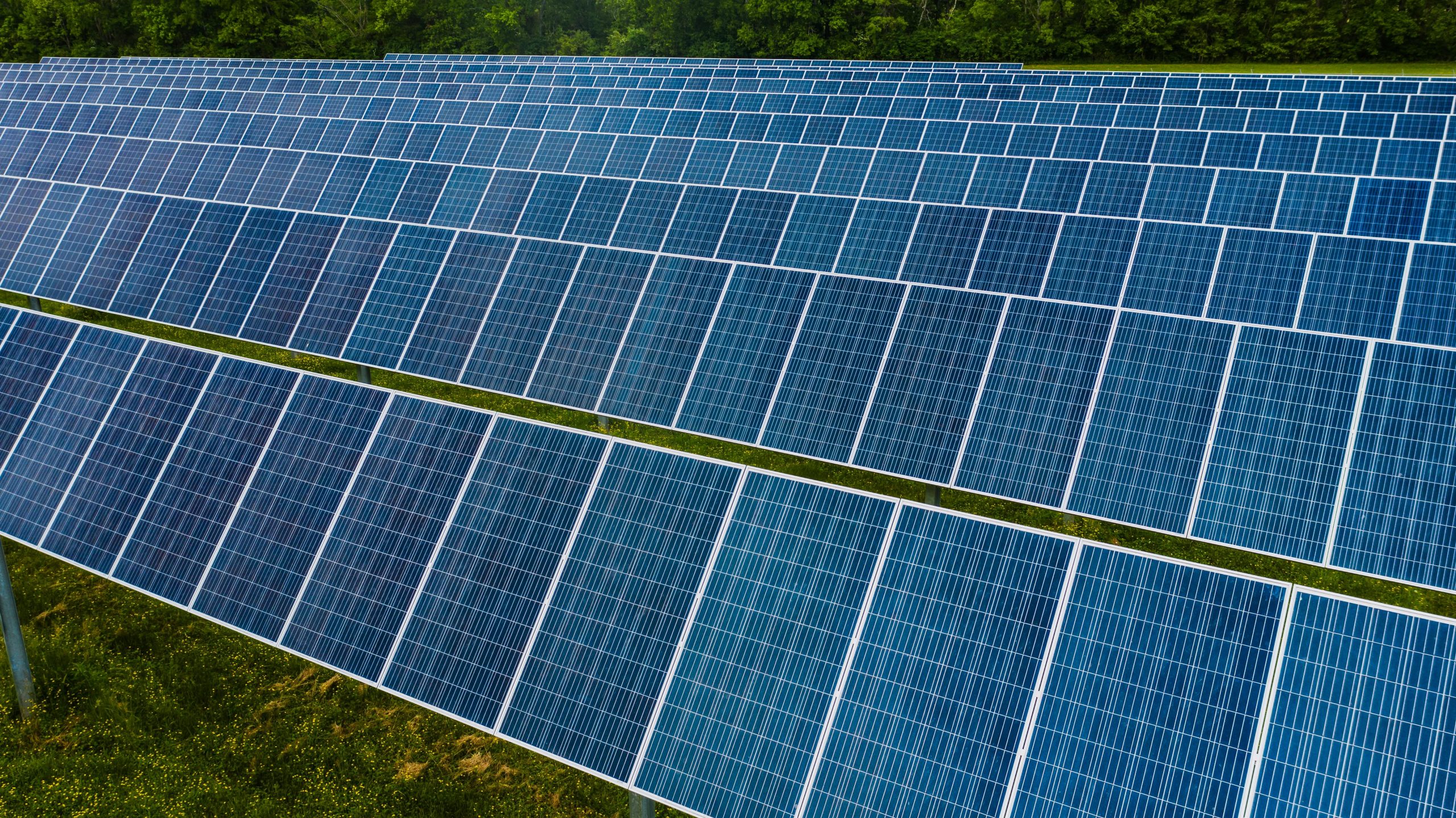


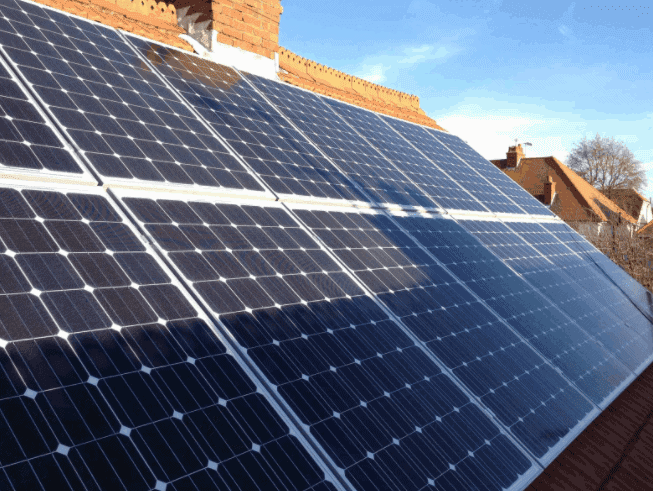





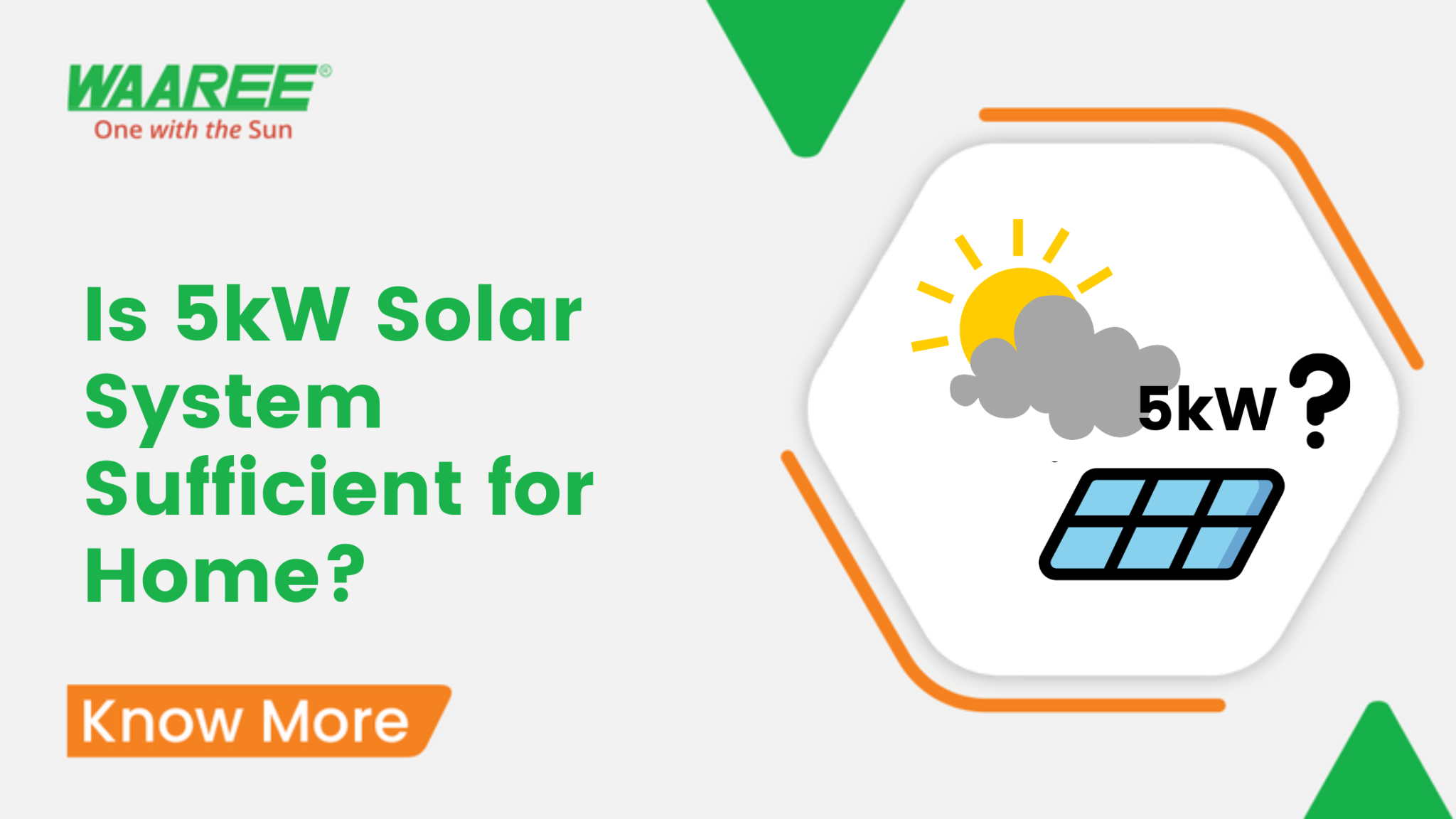

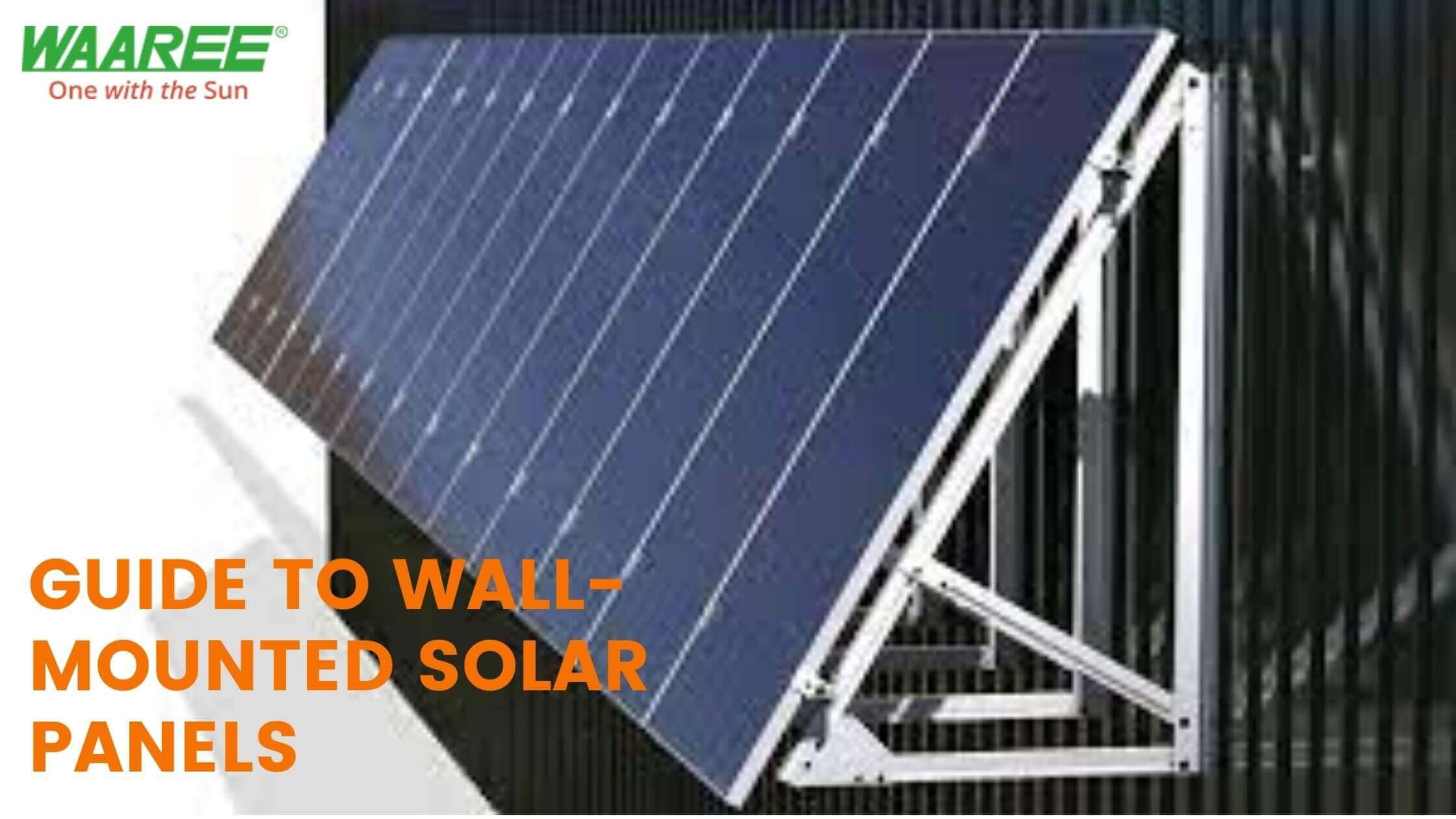







Solar underfloor heating is an innovative technology that offers a clean, efficient, and cost-effective way to heat your home. With the rise in popularity of renewable energy sources, many people are turning to solar underfloor heating as a way to reduce their energy bills and lower their carbon footprint. But what exactly is solar underfloor heating and how does it work? In this blog, we will answer all of your questions about this exciting technology.

Solar underfloor heating is a system that uses solar panels to heat water, which is then pumped through pipes that are installed under your flooring. The heat from the pipes warms up your floor, which in turn warms up your entire home. This system is designed to be integrated with your home’s central heating system, allowing you to use it as a supplement to your existing heating.
Solar underfloor heating is an innovative and eco-friendly heating solution that is becoming increasingly popular in homes and businesses. Unlike traditional heating systems that rely on fossil fuels or electricity, solar underfloor heating uses the power of the sun to warm your home. Here, we will explore the science behind solar underfloor heating and how it works.
The concept of solar underfloor heating is simple. The system consists of a series of tubes or panels that are placed under your flooring. These tubes or panels are filled with a special fluid that circulates through the system, absorbing heat from the sun that shines through your windows. As the fluid absorbs heat, it rises to the surface and warms the flooring above it.
One of the key benefits of solar underfloor heating is that it is highly efficient. Unlike traditional heating systems that rely on air to transfer heat, solar underfloor heating uses a conductive material, such as water, to transfer heat. This means that the heat transfer is more efficient and the heat is distributed evenly throughout your home. Additionally, because the heat is generated by the sun, there are no fuel costs or emissions to worry about, making it an eco-friendly option for those who are looking to reduce their carbon footprint.
There are two main types of solar underfloor heating systems: active and passive. An active system is one that requires a pump and a controller to circulate the fluid through the system. The controller will adjust the temperature and flow rate of the fluid based on the amount of sunlight that is available. This type of system is typically used in large homes or commercial buildings where a higher level of control is required.
A passive system, on the other hand, does not require a pump or a controller. Instead, the fluid in the system circulates naturally due to the laws of thermodynamics. This type of system is typically used in smaller homes and is generally more affordable than an active system.
Another key benefit of solar underfloor heating is that it can be used in combination with other heating systems. For example, if you have a traditional heating system, you can use it to supplement your solar underfloor heating. This way, you can reduce your reliance on fossil fuels and still have a warm and comfortable home during the winter months.
There are several benefits to using solar underfloor heating, including:
While there are many benefits to using solar underfloor heating, there are also some drawbacks that you should be aware of, including:
Solar-powered underfloor heating systems are a sustainable and cost-effective alternative to traditional heating systems. However, before investing in this technology, it is important to understand the costs associated with it. In this blog, we will take a closer look at the costs of solar-powered underfloor heating and how it can benefit you in the long run.
Initial costs
The initial costs of installing a solar-powered underfloor heating system can be higher compared to traditional heating systems. This is because it involves the installation of both a solar panel system and an underfloor heating system. The cost of the solar panel system depends on the size of the panel, the materials used, and the installation process. The cost of the underfloor heating system depends on the type of system, the area to be covered, and the installation process. On average, the initial costs of a solar-powered underfloor heating system can range from $5,000 to $10,000.
Operating costs
One of the biggest advantages of solar-powered underfloor heating systems is that they have low operating costs. The system runs on solar energy, which is a renewable energy source that is free to harness. This means that you do not have to pay for electricity or fuel to run the system. Your energy bills can be significantly reduced as a result.
Maintenance costs
Like any heating system, a solar-powered underfloor heating system requires regular maintenance to keep it functioning efficiently. The maintenance costs for this type of system are relatively low and include cleaning the solar panels and checking the underfloor heating system for any malfunctions. Regular maintenance can also help to extend the life of the system, which can save you money in the long run.
Tax credits and incentives
In many countries, there are tax credits and incentives available for homeowners who invest in renewable energy systems such as solar-powered underfloor heating systems. These credits and incentives can help to offset the initial costs of the system and make it more affordable. It is important to check with your local government to see what credits and incentives are available in your area.
Savings in the long run
In the long run, a solar-powered underfloor heating system can result in significant savings. The low operating costs of the system, combined with the tax credits and incentives available, can help to offset the initial costs of the system. Additionally, a well-maintained system can last for many years, which can further reduce the overall costs of the system.
Waaree Energies is leading manufacturer of Solar PV modules and solar thermal solutions in India. Connect to experts at Waaree to knore more about customised solar underfloor heating solutions for your needs at 18002121321 or visit them at www.waaree.com
Read more information: Solar Water Heater: The Comprehensive Guide
Notifications